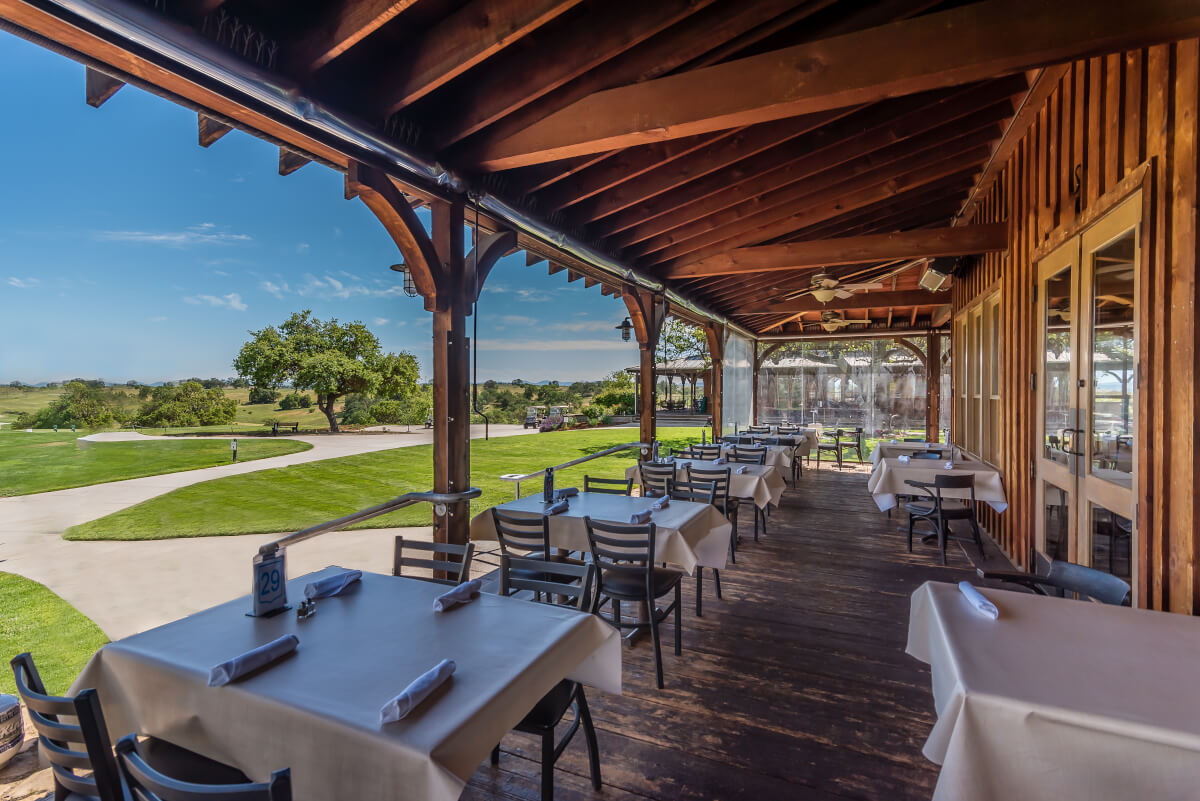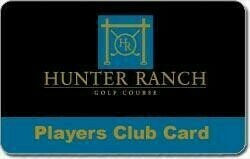1. Which clubs should you take a divot with?
2. What does a good divot look like?
It's interesting... if you asked this question to average golfers, you'd get all kinds of answers. Reason - most golfers don't take a "proper" divot and many don't know the mechanics behind ball flight. Their misconception of the mechanics of ball flight causes issues in their golf swing and many times inconsistency and lose of distance.
First - you should make a divot with every club in your bag besides your driver (off the tee) and your putter.
Why - it may seem obvious, but the driver and putter are the only clubs that the club is moving up at impact. All other clubs, the club head should be moving down.
If the club head is moving down and strikes the ball first (before impact with the ground), the club should continue in the downward movement and strike the ground causing a divot (might be small, but a divot).
For most, the divots will appear bigger/deeper the shorter the club, and more shallow and narrow with the longer clubs.
But, you should be making some kind of divot with ALL your clubs (again, except driver and putter).
Now - before you think you do... do you actually make a divot with your hybrids (long iron replacements)? With your fairway woods? Don't just think about the irons in your bag.... think about those longer clubs - you should also be making a divot with those.
The mechanics of ball flight (with all your clubs besides driver and putter) are as follows:
1. Ball is struck first (before the ground) on a "downward" blow with the HANDS LEADING the club head through impact.
2. The friction between the face of the golf club and downward blow causes the golf ball to spin (backspin) and rise in the air (due to loft of golf club, etc..).
The problem lies in the fact, a majority of golfers DO NOT hit down on the ball properly. In fact, a lot of golfers actually think the golf ball is lifted off the ground. This lifting action many times causes over spin on the golf ball instead of proper back spin. This over spin will produce a significant lose in distance and lose of accuracy. And for most clubs, when the ball hits, we want minimal roll..... over spin creates too much roll to control.
So, let's talk Cause and Effect for a few minutes.
Effect - a poor divot or maybe no divot at all. Maybe a divot that starts behind the ball (a heavy/fat shot) or maybe no divot at all (a thin/skinny shot). Both shots causing lack of consistency and lose of distance.
Effect - A topped shot or fat/heavy shot. Lose of distance. Lack of height (in particular, hitting hybrids too low). Or too much height (in particular with mid to low irons) and thus lack of distance.
Effect - Difficulty playing in the wind (in particular hard time hitting shots with control and distance into the wind).
All these are effects.... here is the typical cause.
Cause - for most it is improper hand action in their golf swing. In particular, at and through impact.
Your hands must lead the club and club head at and through impact. Or, in other words, you must have "shaft lean" at impact - meaning the hands are ahead of the club head and the shaft is leaning forward at impact.
So, to start working on making a good divot (with all our clubs besides our driver and putter) we MUST start working in proper hand action at and through impact. Making sure the hands are leading and creating shaft lean at impact.
In conclusion - to start making proper divots which will be a result of proper impact with your hands leading and ultimately create longer, more consistent and "solid" golf shots - you must start with drills that work at impact with the hands leading.
Bob Shirey, PGA, is a teaching professional at Hunter Ranch and La Purisima and can be reached at 805-286-2590 or This email address is being protected from spambots. You need JavaScript enabled to view it..
Divots vs. No Divots
1. Which clubs should you take a divot with?
2. What does a good divot look like?
It's interesting... if you asked this question to average golfers, you'd get all kinds of answers. Reason - most golfers don't take a "proper" divot and many don't know the mechanics behind ball flight. Their misconception of the mechanics of ball flight causes issues in their golf swing and many times inconsistency and lose of distance.
First - you should make a divot with every club in your bag besides your driver (off the tee) and your putter.
Why - it may seem obvious, but the driver and putter are the only clubs that the club is moving up at impact. All other clubs, the club head should be moving down.
If the club head is moving down and strikes the ball first (before impact with the ground), the club should continue in the downward movement and strike the ground causing a divot (might be small, but a divot).
For most, the divots will appear bigger/deeper the shorter the club, and more shallow and narrow with the longer clubs.
But, you should be making some kind of divot with ALL your clubs (again, except driver and putter).
Now - before you think you do... do you actually make a divot with your hybrids (long iron replacements)? With your fairway woods? Don't just think about the irons in your bag.... think about those longer clubs - you should also be making a divot with those.
The mechanics of ball flight (with all your clubs besides driver and putter) are as follows:
1. Ball is struck first (before the ground) on a "downward" blow with the HANDS LEADING the club head through impact.
2. The friction between the face of the golf club and downward blow causes the golf ball to spin (backspin) and rise in the air (due to loft of golf club, etc..).
The problem lies in the fact, a majority of golfers DO NOT hit down on the ball properly. In fact, a lot of golfers actually think the golf ball is lifted off the ground. This lifting action many times causes over spin on the golf ball instead of proper back spin. This over spin will produce a significant lose in distance and lose of accuracy. And for most clubs, when the ball hits, we want minimal roll..... over spin creates too much roll to control.
Bob Shirey, PGA, is a teaching professional at Hunter Ranch and La Purisima and can be reached at 805-286-2590 or This email address is being protected from spambots. You need JavaScript enabled to view it..


